INTRODUCTION
After using one of our secondary systems for slightly over 5 years now (even before we even launched NikKTech) its 1200W power supply has finally given up and just in time really since just over two weeks ago we managed to gather brand new components for our new secondary test rig based on a Intel Core i7 6700k CPU (this is what we've been using for gaming peripheral and server to client network related tests). Of course much like most of you out there when we sat down to discuss what we needed for our new secondary system our main focus fell on the mainboard, CPU and memory modules but that doesn't mean we didn't think a lot about what graphics card, CPU cooler and power supply unit we'd end up using. So in the end we decided to equip our new secondary test rig with the latest version of the RM750X 750W power supply unit by our friends over at Corsair.
Founded in 1994, Corsair supplies high-performance products purchased primarily by PC gaming enthusiasts who build their own PCs or buy pre-assembled customized systems. The company's award-winning products include DDR3 and DDR4 memory upgrades, computer cases, PC cooling products, gaming headsets, gaming keyboards, gaming mice, power supply units, USB flash drives, solid-state drives and system monitoring and control devices.
The RM750X is part of the new RMx series of 80 Plus Gold certified power supply units by Corsair which also includes models with 550/650/850/1000W power outputs. The RM750X also features a fully modular design ("future proof" since you can just change the 24pin mainboard power connector down the road if it ever changes), single powerful 62.5A +12v rail capable of delivering 100% of the units total power (this unit has a peak output of 925W), rifle bearing 135mm fan with zero RPM technology (thermal sensor keeps the fan from spinning until temperature builds up inside the enclosure), high-quality Japanese capacitors (rated for use up to 105 degrees Celsius), flat modular cables (increased airflow and easier routing), several electrical protections (Over-voltage protection, under-voltage protection, short circuit protection, over power protection, and over temperature protection) and is covered by an impressive 10 year warranty. Leaving out all these features however just how does the RM750X perform?
SPECIFICATIONS AND FEATURES
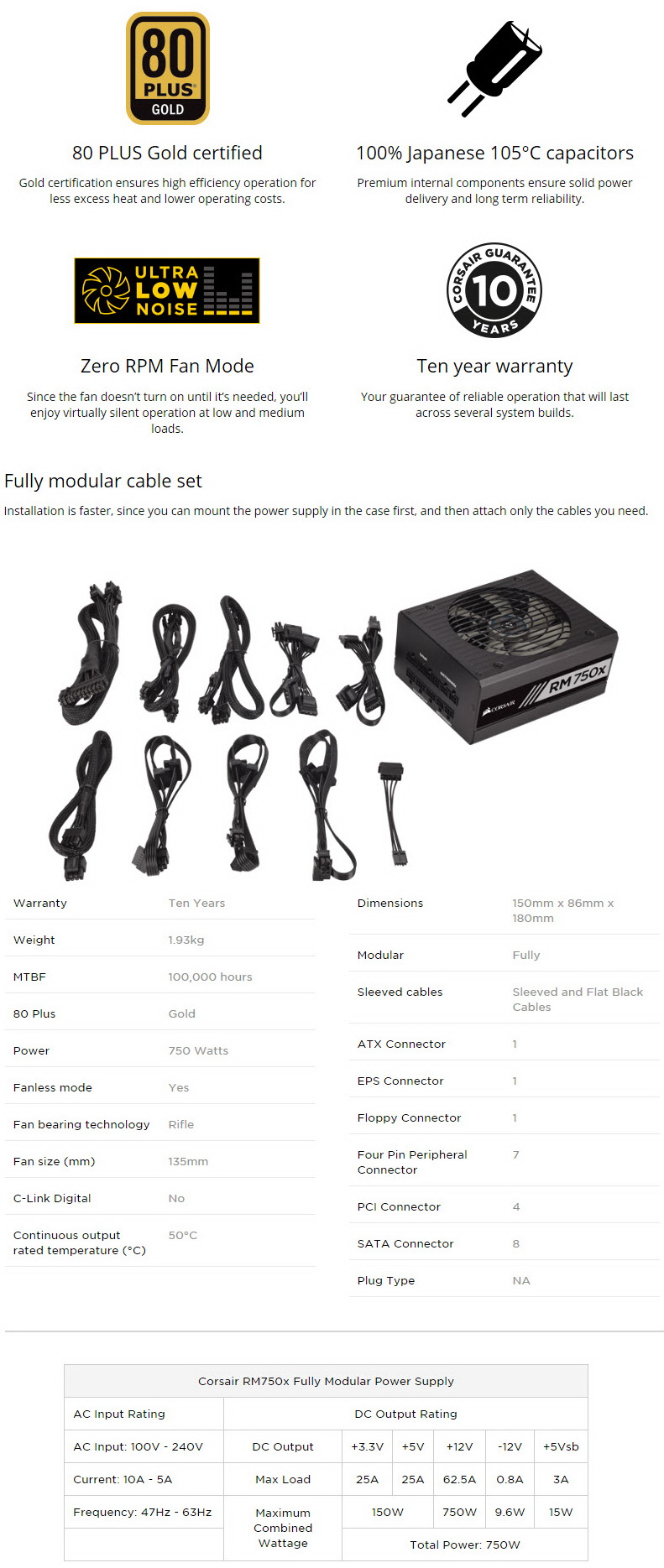
PACKAGING AND CONTENTS
The main product features are listed at the front of the box in 3 languages right next to a large product image but unlike the features and specifications provided by Corsair the box says the RM750X is only covered by a 7 year warranty (we will double check with Corsair but for now let's keep the 10 year warranty).
The main product features are also listed on the left side again in 3 languages.
All the available modular power connectors are listed at the base of the box.
Two graphs showcasing the 80 Plus Gold efficiency and the noise levels of the fan are placed at the rear of the box right beneath 3 product pictures and a few words about the product in 7 languages.
Packaging is good with the PSU wrapped inside a piece of cloth and then sandwiched between two thick black foam spacers.
Contained inside the box are the RM750X PSU and the cloth cover, modular cables placed inside a plastic carrying/storage bag, AC power cord, 10 cable ties, 3 mounting screws, Corsair case badge, warranty guide and the user manual.
THE RM750X EXTERIOR
Corsair has given the RM750X the same design they have with most of their PSUs so although nothing fancy the soft corners combined to the fully modular system give a unique look to it.
According to Corsair the rifle bearing 135mm fan doesn't spin until the power consumption hits 300W and things are starting to get hot inside the enclosure.
The company logo and the product name are placed on large stickers located on both sides of the enclosure.
As usual the electrical table of the unit is placed on a sticker located on its belly.
All of the modular connectors are not just different in size but also tagged to avoid any possible mistakes on your part.
A sticker placed at the rear of the unit informs you of the zero RPM feature Corsair has used.
The usual honeycomb perforation is present at the rear along with a on/off power switch and a AC power port.
THE RM750X INTERIOR
The 135mm fan used with the RM750X can spin up to 1800RPM at full load.
CWT (Channel Well Technology) seems to be behind the RM750X (very clean layout).
On the primary side of the unit we see two KMR series Nippon Chemi-Con capacitors certified for use up to 105 degrees Celsius.
Moving to the secondary side we find several KZE series United Chemi-Con capacitors also certified for use up to 105 degrees.
TEST BED
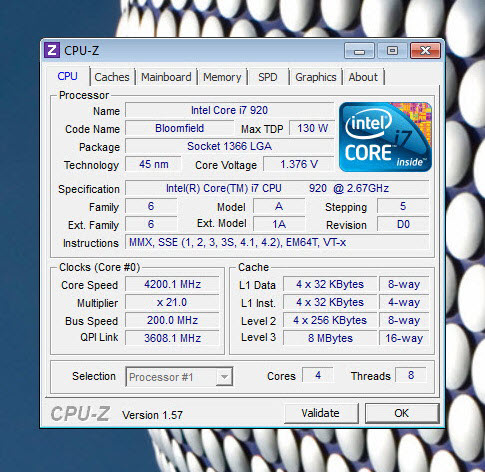

TESTING METHODOLOGY
Using a dedicated measurement instrument such as a Chroma or a SunMoon to test power supply units is without doubt the most ideal and accurate way (not to mention the fastest) to do that currently. However it's certainly not the only way there is and so pretty much anyone can test a power supply unit just by using a computer. Certainly limitations do apply and so you can't really test a 1000W power supply if your system only uses 500W at peak loads and that's why during the past 5 years i have saved certain hardware components for the purpose of building a dedicated PSU test rig. True it may not be as accurate as the above mentioned solutions but it comes really close and is in fact closer to real world usage. So as always we ran several games with maximum graphic options enabled at a resolution of 2560x1600 in order to stress every hardware component and increase the overall power demands of the system. The Passmark BurnIn Test was also used to overstress the components in an effort to provide the most accurate results possible. As a final test we also used the latest OCCT 4.4 software and its dedicated PSU testing suite since it can really bring a power supply to its knees after inside a few minutes.
Rail stability was checked/measured with the CPUID Hardware monitor and a Metex multimeter which also recorded the system load in idle and in load. As always try to remember that the power consumption numbers listed in the graph are the highest (Peak) ones recorded during the entire duration of the tests and not the average ones. Noise levels coming from the fan were recorded using the high precision HD600 ExTech Sound dBA Meter from the rear of the unit and at a range of no more than 5-10cm. Readings under load are recorded the exact moment we manually switch the fans of all graphics cards from full speed to almost zero, that way the fan of the power supply does not have enough time to slow its RPM and so by doing this we get very accurate noise level readings. Needless to say in order to get 100% accurate readings you need to have a noise isolated room for that exact purpose, something which is quite impossible unless you are working inside a real lab (some people use very small noise insulated boxes but due to their size both heat and noise exceed normal levels and so the results can't really be considered to be 100% accurate). Also do take into account that since all noise measurements take place from just 5-10cm away the final noise levels to reach your ears will be considerably less.
TEST RESULTS
RAIL STABILITY

This is the 2nd time I’ve had the chance to test a PSU by Corsair and I’m once again impressed with the rock solid rails it produces.
POWER CONSUMPTION

We did manage to max out the rated power output of the unit but by just 3W.
NOISE LEVELS (SPL)

Corsair is right, the 135mm fan is inaudible at low/mid load but when at full load your ears may "catch" it (that is if your system hits less than 42.6dBA at load – not likely).
CONCLUSION
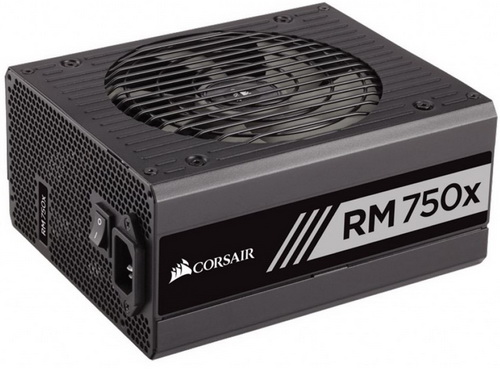
Corsair was never the most “affordable” manufacturer in the market but I was really surprised to see that today their RM750X 750W PSU retails for USD119.99 inside the USA (Amazon.com) and for 111.89Euros inside the EU (Amazon.de). Certainly you can find more affordable 80 Plus Gold power supply units at around the same output (and you can get the digital RMi series again by Corsair for roughly 15% more) but not with a 10 year warranty and that along with its excellent build quality and performance are more than enough for us to give the RM750X by Corsair our Platinum Award.

PROS
- Excellent Build Quality
- Rock Solid Rail Stability
- Fully Modular
- Flat Modular Cables
- 80 Plus Gold Certified
- Electrical Protections
- Zero RPM Feature
- Peak Output (925W)
- 10 Year Warranty
- Price (For Some)
CONS
- None

 O-Sense
O-Sense






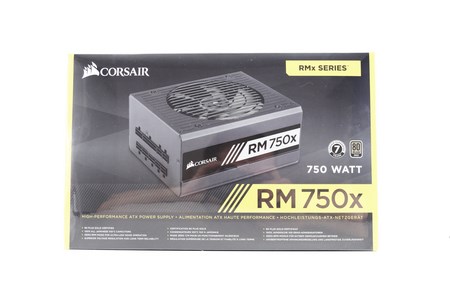
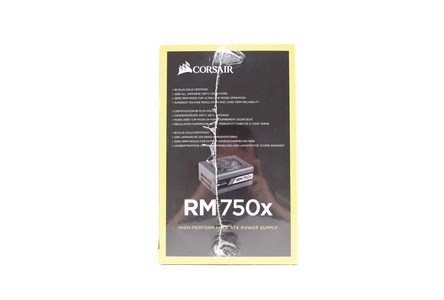
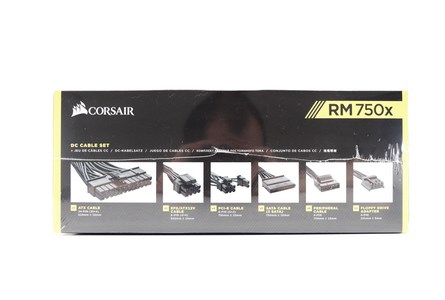
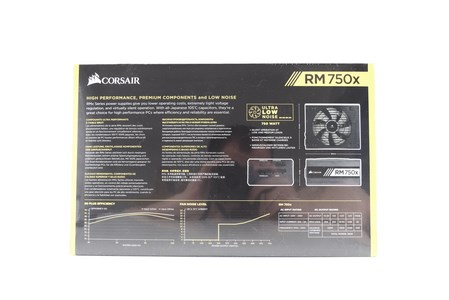
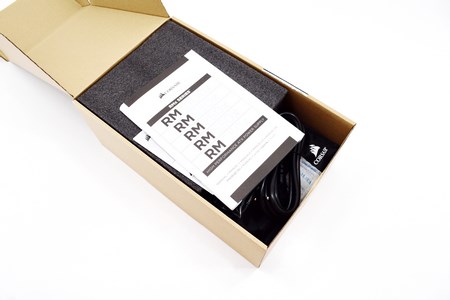
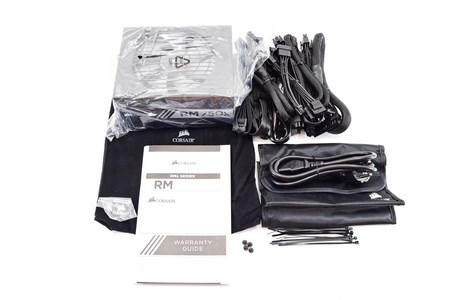
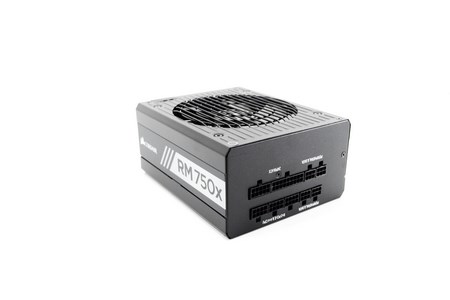
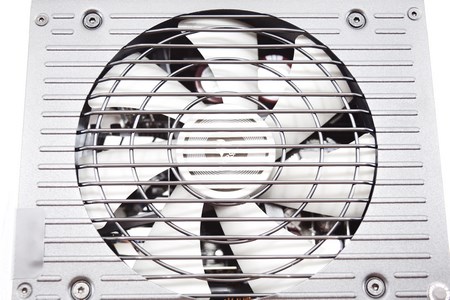

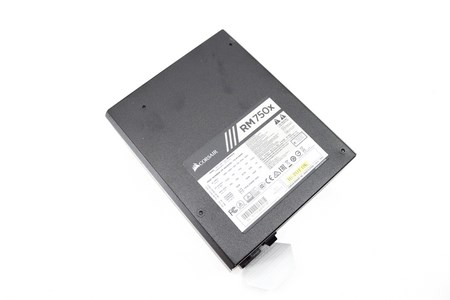

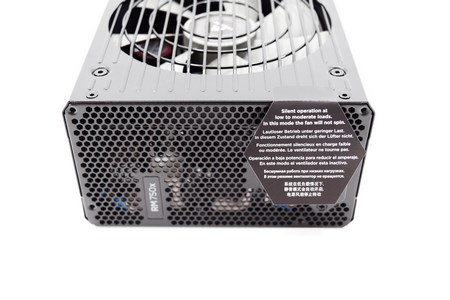

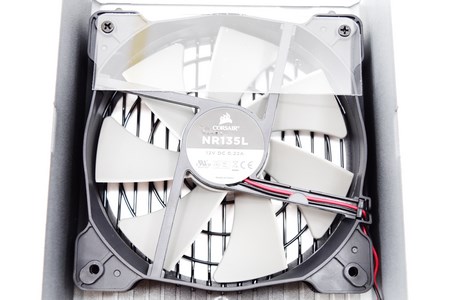
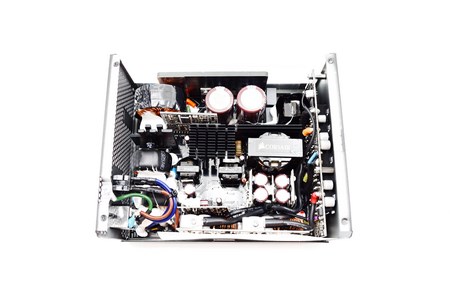
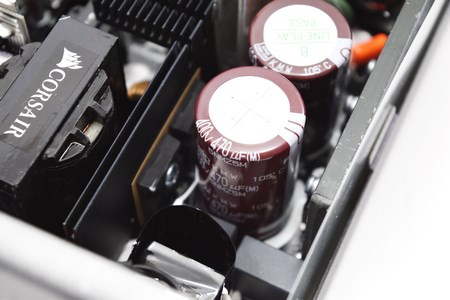
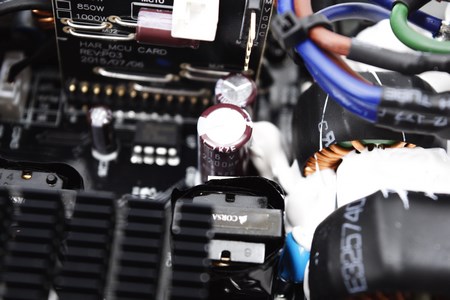


.png)

